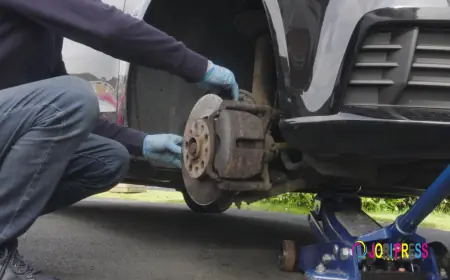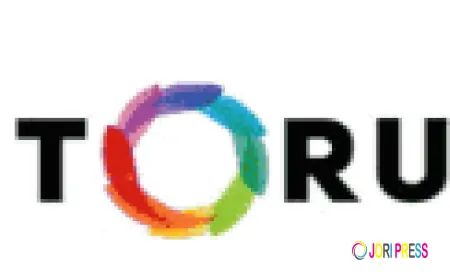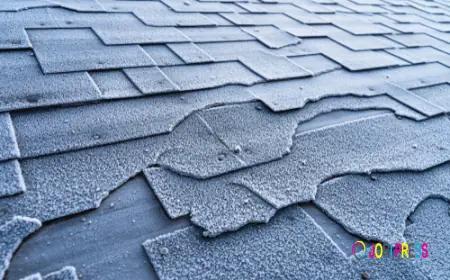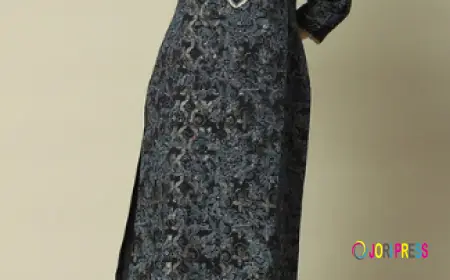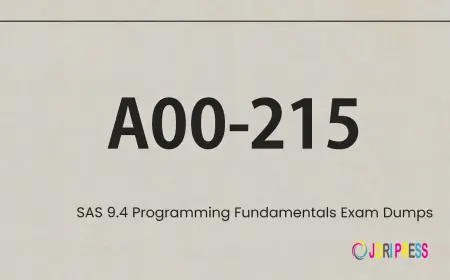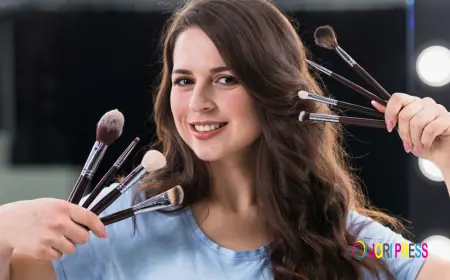Tummy Tuck Surgery and Muscle Repair: What You Need to Know
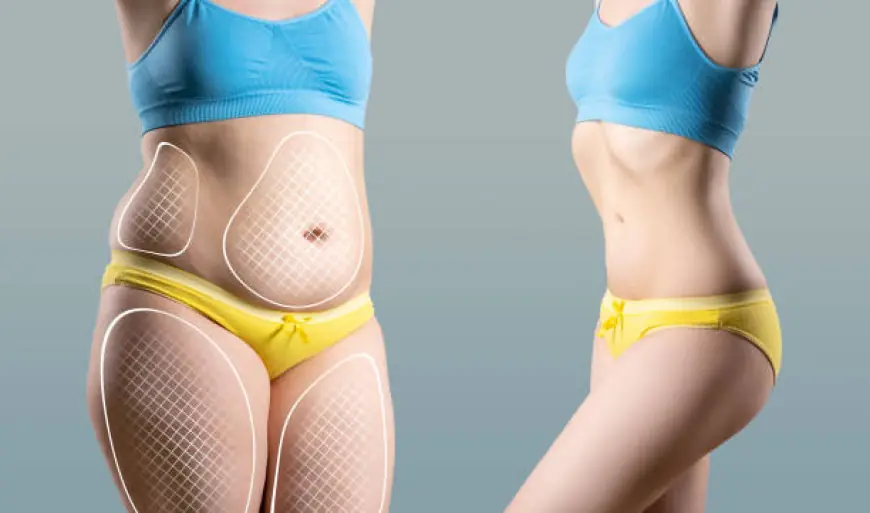
A tummy tuck surgery is widely known for its ability to remove excess skin and fat, offering patients a firmer, smoother abdominal profile. However, a crucial yet sometimes overlooked aspect of this procedure is muscle repair, particularly for individuals experiencing muscle separation or weakness. Understanding the role of muscle repair during a tummy tuck can provide deeper insights into both its aesthetic and functional benefits.
Muscle repair plays an essential role in Tummy Tuck surgery in Riyadh(عملية شد البطن في الرياض), especially for people dealing with separated abdominal muscles, a condition known as diastasis recti. This condition commonly occurs due to pregnancy, significant weight changes, or aging, and leads to a weakened core and a protruding belly. During the surgery, the separated muscles are sutured back into place, strengthening the abdominal wall and greatly improving both appearance and core function.
What is Muscle Repair in a Tummy Tuck?
Muscle repair in the context of a tummy tuck involves surgically tightening the abdominal muscles that have stretched or separated. This separation often causes the midsection to bulge outward, which is not addressed by simply removing skin and fat. By stitching these muscles back together, the surgery restores the structural integrity of the abdomen, resulting in a flatter and more toned appearance.
This repair enhances core stability, which plays a vital role in posture and overall physical strength. It improves the patient's ability to perform daily activities and exercises more comfortably and effectively.
Why is Muscle Repair Crucial in Tummy Tuck Surgery?
The importance of muscle repair during a tummy tuck cannot be overstated. Beyond aesthetics, restoring muscle integrity helps alleviate problems linked to weakened abdominal muscles such as poor posture, back pain, and core weakness.
When the muscles are repaired, patients often experience noticeable improvements in their posture because the abdominal wall better supports the spine. This can relieve chronic back pain caused by compensating for weak core muscles. Strengthening the core also enhances balance and physical performance, making movement and exercise easier and less painful.
Who Can Benefit from Muscle Repair?
Muscle repair during a tummy tuck is particularly beneficial for individuals with diastasis recti or weakened abdominal muscles due to childbirth, weight fluctuations, or aging. New mothers frequently seek this procedure to restore both their body shape and core strength after pregnancy-related muscle separation.
Weight loss patients who have loose, sagging skin and weakened muscles can also benefit greatly from this combined approach. The muscle tightening complements skin removal to provide comprehensive improvement in abdominal contour and firmness.
How is Muscle Repair Performed During the Surgery?
During the tummy tuck procedure, the surgeon will carefully stitch the separated rectus muscles, essentially recreating the muscles' natural alignment. This suturing process tightens the abdominal wall and reinforces the core’s structure.
Surgeons often use a technique known as corset sutures to ensure uniform tightening and adequate muscle support. This comprehensive repair results in a smoother midsection that not only looks flatter but functions better physically.
Recovery After Tummy Tuck and Muscle Repair
Recovery from a tummy tuck with muscle repair requires patience and care. Initially, patients may experience soreness and limited mobility, but these symptoms typically improve within a few weeks. Adhering to post-surgical guidelines is vital to ensure the muscles heal properly and the surgery’s benefits are long-lasting.
Although full recovery and final results may take several months, improvements in posture and core strength often become evident early in the healing process. Patients are encouraged to avoid strenuous activities initially but gradually incorporate gentle exercise to strengthen their core.
Additional Benefits Beyond Aesthetic Improvement
While the visual benefit of a flatter abdomen is an obvious outcome, muscle repair during a tummy tuck offers multiple health and lifestyle advantages. Patients often note relief from lower back pain and enhanced physical stability after surgery. Others report improved bladder control, better digestion, and more ease in physical activities.
These comprehensive benefits highlight that Tummy Tuck surgery in Riyadh with muscle repair addresses both cosmetic and functional concerns, providing a more holistic solution to abdominal changes.
Choosing the Right Procedure for Your Needs
There are different types of tummy tuck procedures ranging from mini to full tummy tucks. A full tummy tuck usually involves muscle repair and is recommended for those with significant skin laxity and muscle separation. Meanwhile, a mini tummy tuck may be sufficient for minor skin excess without muscle repair.
Consulting a qualified surgeon can help determine the best approach based on individual needs and goals, ensuring optimal results that combine aesthetics with functional improvement.
FAQs
What exactly happens during muscle repair in tummy tuck surgery?
Muscle repair involves suturing the separated or stretched abdominal muscles back together to tighten and strengthen the core, improving the abdominal contour and function.
Am I a good candidate for muscle repair during a tummy tuck?
Those with visible abdominal muscle separation, weakened core muscles, or post-pregnancy changes often benefit most from muscle repair during their tummy tuck procedure.
Will muscle repair make my tummy tuck recovery longer?
Recovery may require extra care to allow proper healing of the tightened muscles, but most patients see gradual improvements in strength and posture during recovery.
Can muscle repair help with back pain?
Yes, by strengthening the abdominal wall and improving posture, muscle repair often reduces back pain caused by weak core muscles.
Does muscle repair affect the final appearance of the tummy tuck?
Muscle repair contributes significantly to a flatter, firmer abdomen and a more sculpted waistline, enhancing the overall aesthetic outcome.
Are there risks associated with muscle repair during a tummy tuck?
As with any surgery, there are risks such as infection or slow healing, but choosing an experienced surgeon helps minimize complications during muscle repair.
What's Your Reaction?
 Like
0
Like
0
 Dislike
0
Dislike
0
 Love
0
Love
0
 Funny
0
Funny
0
 Angry
0
Angry
0
 Sad
0
Sad
0
 Wow
0
Wow
0







